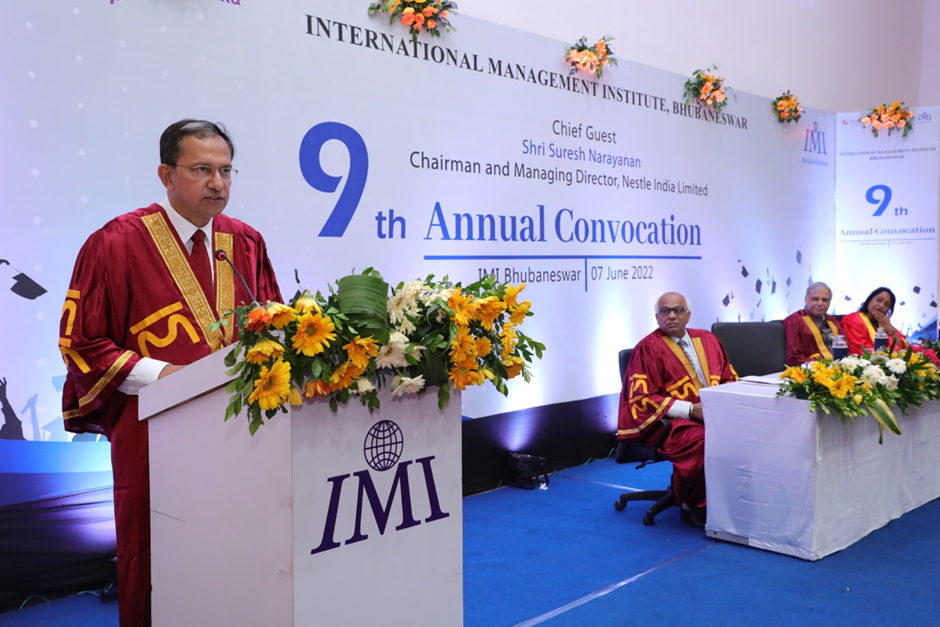What is GST and How it will affect you. . .
The Rajya Sabha has cleared a constitutional amendment to bring
about a system of Goods and Services Tax (GST) in India. It is perhaps
the most important economic reform item on the Narendra Modi
government’s agenda. This is one reform which affects all of us.
It also happens to be a complicated reform as most taxation matters
usually are. This blog attempts to present an overview on GST and
explain why it is expected to make a difference to all of us.
How is India’s tax system structured today?
The constitution divides taxation powers between centre and states.
Both levels of government have some exclusive areas where they can levy
tax. Income tax, which includes tax on company profits, is the exclusive
domain of central government. These taxes are referred to as direct
taxes.
Indirect taxes are taxes levied on manufacture of goods, provision of
services and consumption. In India, generally speaking, indirect taxes
levied on manufacture of goods or provision of services are the
exclusive domain of central government. Taxes on consumption are the
exclusive domain of state governments.
What is the problem with this arrangement?
There are two important problems with the current arrangement.
First, keep in mind that some good such as a shirt has to first be
manufactured before it is consumed. The central government, therefore,
levies its indirect tax called central excise at the factory gate.
Subsequently, a shirt reaches a retail outlet and is bought by a
consumer. The state government, at this stage, levies a tax on
consumption dubbed value added tax (VAT). So, we have a tax at the
factory gate which adds to the cost of the shirt and another tax on the
final price.
Since states have their exclusive domain on consumption tax within
their borders, they treat goods coming from other states as “imports.”
For example, if a shirt maker in Uttar Pradesh buys dye in Bihar, he
would have paid central excise and Bihar’s state taxes on the product.
On this cost, Uttar Pradesh government would levy its tax if the shirt
is sold in the state. If the shirt is sent across Uttar Pradesh’s border
and sold in Delhi, an “export” tax called central sales tax is
collected by UP.
As the example suggests, India is politically one country, but
economically it is fragmented. There are multiple taxes when there is
commerce across state borders. Consequently, it increases costs for
everyone and makes economic activity within India for Indians
complicated.
How will GST help?
Goods and Services Tax (GST) is an indirect tax reform which aims to
remove tax barriers between states and create a single market. For that
to happen the constitution first needs to be amended to remove
different layers of governments’ exclusive powers to levy taxes. Once
this step is taken, the tax barriers between states, and centre and
states will disappear.
How will it help consumers?
Today consumers have no idea about the extent of taxes they pay on
goods. If you get a bill after buying merchandise which gives the extent
of VAT you have paid, it is an understatement of the actual tax you
have paid. Remember, well before merchandise reached the retail outlet,
the central government has collected excise duty. The extent of excise
duty is not mentioned in the bill.
Therefore, today it is reasonable to assume we pay well over 20% tax for most merchandise we buy.
In GST, consumers should benefit in two ways.
First, all taxes will be collected at the point of consumption. It
means that if a shirt is taxed at 18%, it will include both central
government’s taxes and state government’s taxes. Transparency in
taxation should deter governments from indiscriminately increasing taxes
as there is bound to be public backlash.
Second, once barriers between states are removed, we as consumers
will not end up paying “tax on tax” which is what happens when goods
move across state borders.
If this is the case why will GST not kick in the moment both houses of parliament clear the constitution amendment bill?
The constitution amendment bill only changes the overarching
principle of indirect taxation in India in order to create a common
market. Details of GST have yet to be worked out. It is only after
details have been worked out can the final GST rates be fixed.
Therefore, after the constitution is amended, the centre and states have
to pass a separate legislation which fleshes out the details of GST.
Eventually, this will be followed by subordinate legislation which
details procedures.
In short, the constitution amendment is just the beginning of the legislative journey.




Comments
Post a Comment